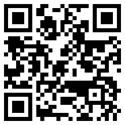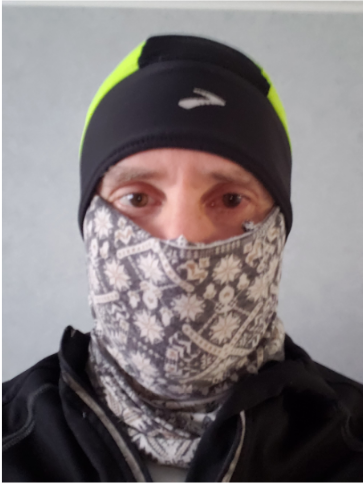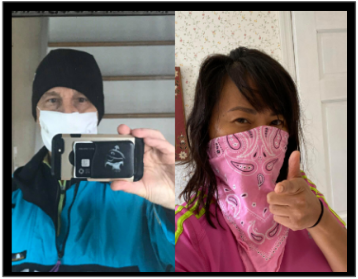 |
| Hoping for 80 in December |
Hello runners and the running adjacent! It's December 10th: the first night of Hanukah, the 12th day of the Advent and, most notably, national Dewey Decimal System Day.
This is my first after-election post and while I try to stay non-political on this blog, I will say my faith in democracy has been restored by the 81 million people who voted for a return to trust, competence and decency. Let's move on, unify and hope that the next Attorney General puts the current president and his cadre of corrupt criminals in federal prison for a long time. If you don't like what I'm saying here, I invite you to comment below. But please share respectfully and don't put in a link to your stupid product website because I will delete that 🏃
Okay, now onto 2020. The pandemic is getting worse and we are "rounding the corner" into a horrible winter season (see what I did there?). So instead of not running the Seaford Hot Chocolate 5K in Seaford or the Ho-Ho-Ho Holiday run in Bethpage this year, I won't be running the virtual versions of those races. I don't want to race for a couple of reasons. First, I've slowed considerably and I'm self conscious about posting a pathetically weak finish time. Second, I don't really get virtual racing. The best thing about racing is being present with a a bunch of strangers and having the possibility of beating some random person over the line at the last minute. I've done it and I've had it happen to me. I'm talking to you TPP.
I recently passed the 900 mile mark, my distance goal for 2020. I run between three and four miles every day except Mondays, and I could easily do a virtual 5K or 10K race. A couple of months ago I started looking at my running stats on Garmin Connect that go back to 2009. I saw that I'm running more miles than I ever had in any of the previous ten years. The difference of course is the quality of those miles. Back in 2011 most of my training runs were between 8:45 and 9:30 a mile, my average stride length was about .9 meters and my cadence was around 174. Things have changed.
A few months ago I decided to test the waters and see what would happen if I actually tried when I ran, rather than defaulting to a comfortable pace. Or as someone in the Running Lovers group in LinkedIn put it, "Slow mindful running." Up until that point I figured I'd just drop a couple of gears and roar back to when I was a mid-pack competitor. I set off on my next run with a pedal to the floor mindset, finished my run and checked my watch. Once my heart rate fell below the point where "vagal maneuvers" would be required, I saw the data.
I was nowhere near my past performance benchmarks but I did see a marked improvement against my running average. Yes, that's a pun. Subsequent runs at vagal imperiling speed brought marginal improvement. I started doing weekly speedwork hoping to unleash a little more speed but I finally reached my performance limit. I realized that in order to move to the next level, I would need to train longer and even harder. I'd have to do regular hill training, long distance runs and maybe even core work. I thought about it and decided to focus on holding the gains I'd recently made.
So now I go out and push myself a little harder than I had prior to this performance focus. I rate my perceived effort for each run on Connect and most of the time it's between moderate (3) and hard (6). The scale goes to 10. Every once in a while I push myself to very hard (7) and my numbers reflect it. While it's nice to see the mirage of higher performance, it comes at the cost of pain and discomfort. If every run required a "no pain, no gain" mindset, I don't think it would be worth doing. Speed is a nice to have, but it isn't everything.
If you disagree please feel free to comment below 👇
















